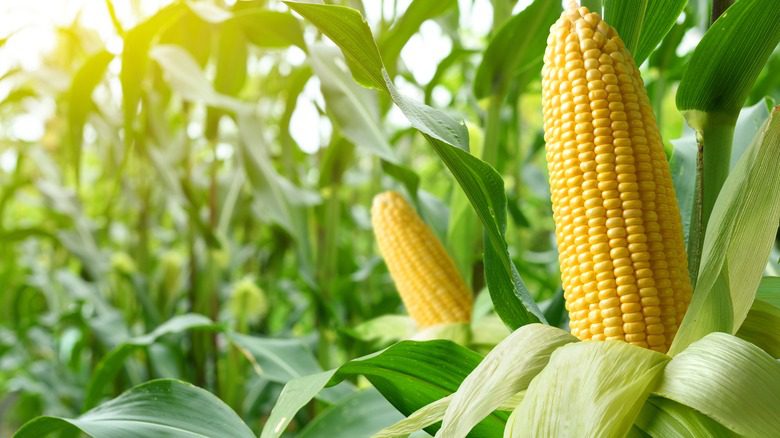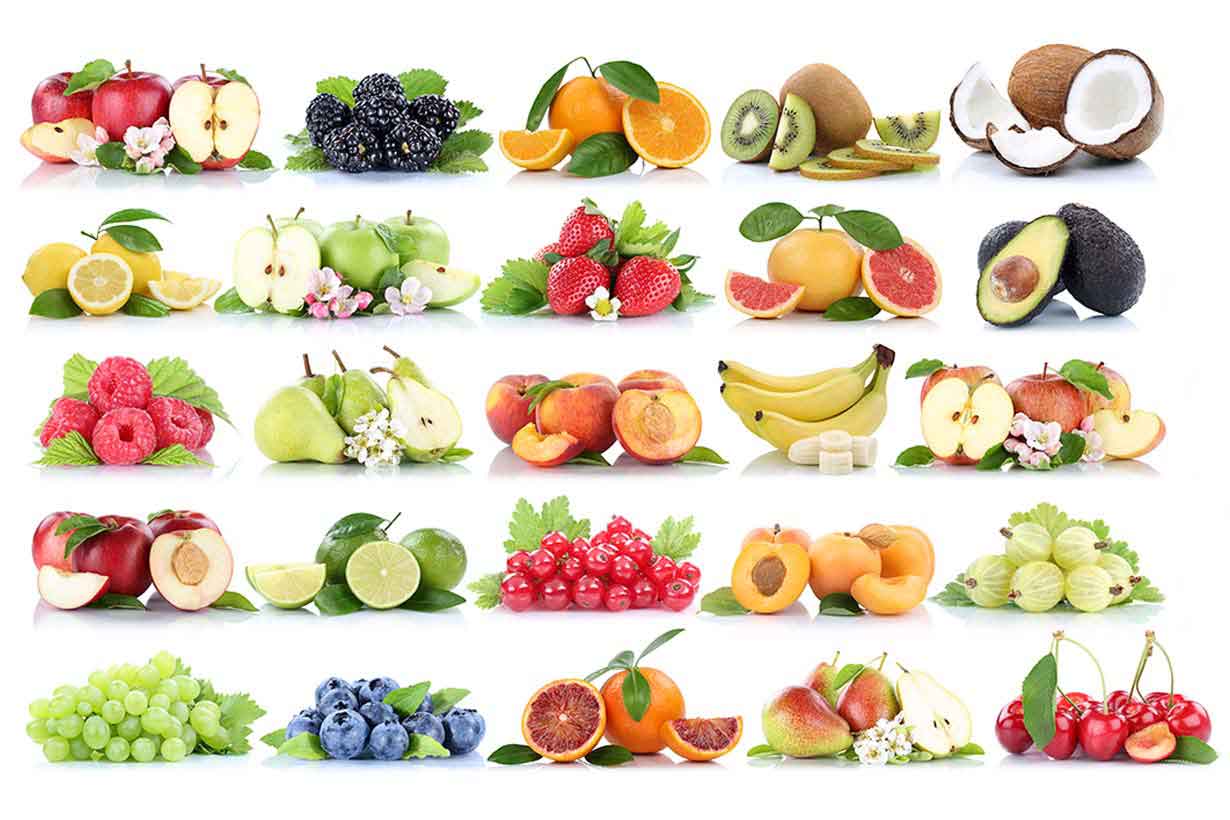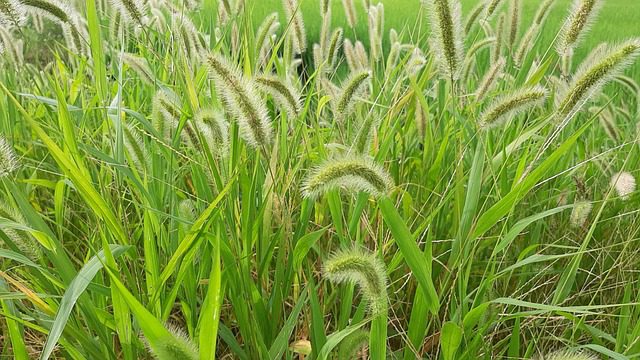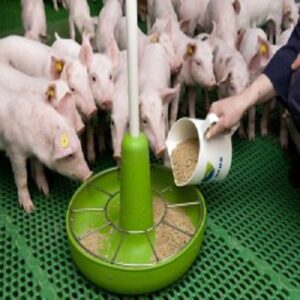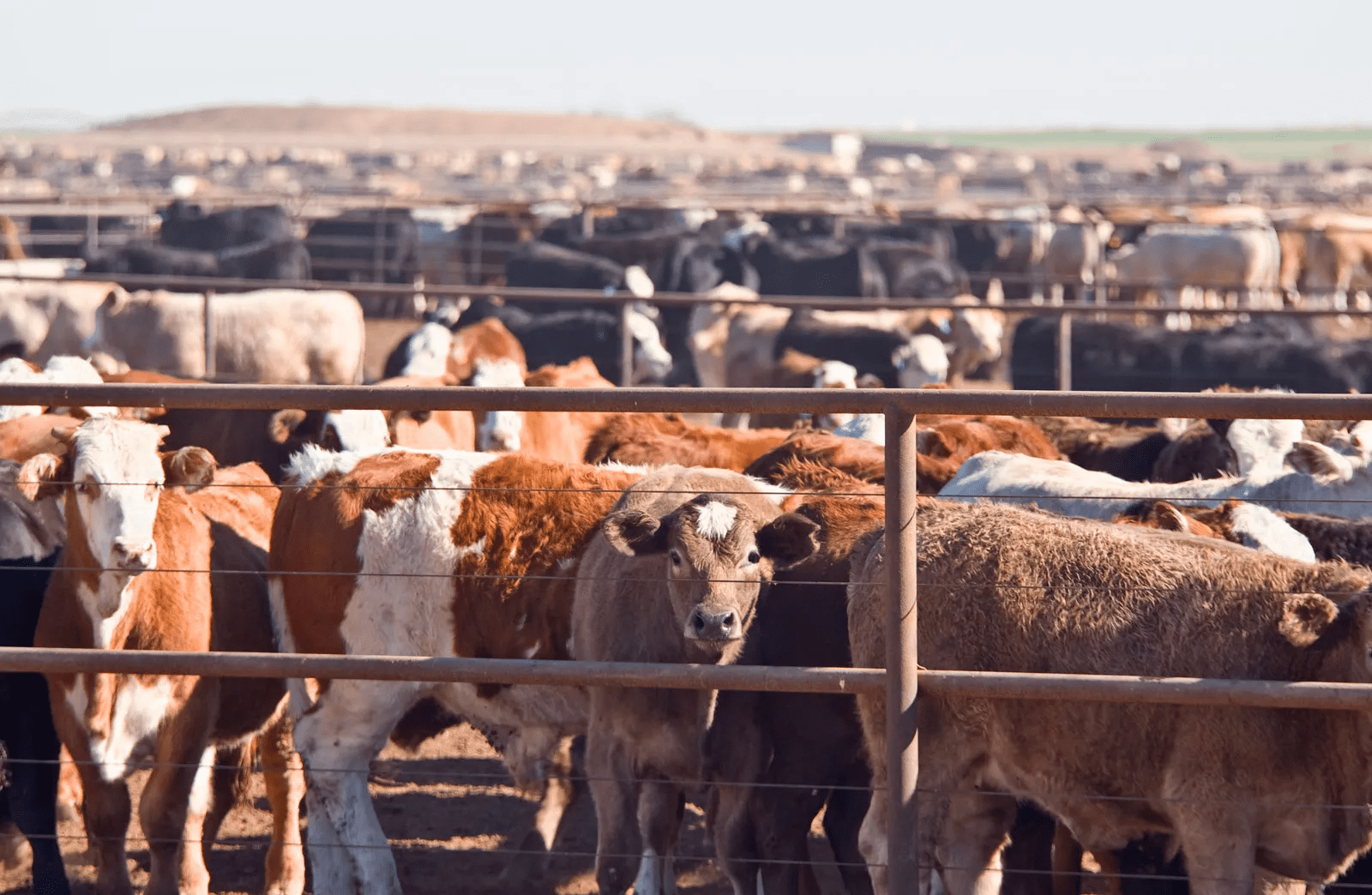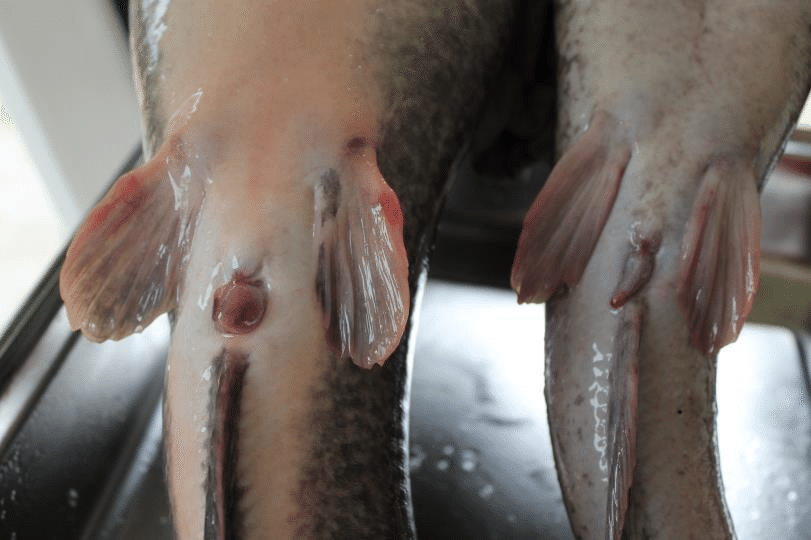
Agric4Profits.com – Your Comprehensive Practical Agricultural Knowledge and Farmer’s Guide Website…
It’s All About Agriculture – The Way Forward!
Browse Our Categories
Free Consultancy for African Women (Let’s Feed Africa!)
Free Agricultural Consultation Form
Testimonials
Agric4Profits TV
Check out the latest videos from Agric4Profits TV here....

Regenerative Agriculture Explained: Profit with Soil Health
Farmers are transforming their land and boosting profits through regenerative agriculture! In this video, titled Regenerative Agriculture Explained: Profit with Soil Health, discover how soil restoration, crop rotation, and natural… Read More

5 Climate-Smart Practices to Slash Farm Costs
Climate-smart farming isn’t just eco-friendly — it’s profit-smart! In this video, discover 5 essential practices that help African farmers slash costs while boosting sustainability. Learn how mulching conserves soil moisture,… Read More

Top 5 Precision Farming Tools Every Farmer Needs
Discover the future of farming with our latest video, “Top 5 Precision Farming Tools Every Farmer Needs!” 🌾✨ These 5 smart tools will revolutionize your agricultural practices forever! From high-tech… Read More

How to Use Drones for Field Mapping and Pest Control
Discover how drones are helping farmers reduce losses and boost yields! How drones are used in agriculture for mapping, pest detection, and crop health. Include drone footage and animation to… Read More

What is Precision Agriculture? Simple Guide for African Smallholders
Welcome to Agric4Profits TV, where we turn small farms into big profits. Let’s explore how precision agriculture is transforming African farming. Discover how precision agriculture is revolutionizing farming for smallholder… Read More

The Secret Life of Tortoise Reproduction!
Discover the fascinating world of tortoise reproduction in “The Secret Life of Tortoise Reproduction!” 🐢 In this video, we explore their unique mating rituals, nest-building behaviors, and the incredible journey… Read More

Unveiling Catfish Secrets: Anatomy and Reproduction!
Featured Image Description: Female (Left), Male (Right) Let’s dive into the fascinating world of catfish as we unveil their secrets in this in-depth exploration of catfish anatomy and reproduction! Discover… Read More

Mastering Vertical Farming: A Step-by-Step Ultimate Guide
Unlock the future of agriculture with our comprehensive tutorial, “Mastering Vertical Farming: A Step-by-Step Guide.” In just 10 minutes, we’ll walk you through the essentials of vertical farming, showcasing its… Read More
Latest Posts
Health Benefits and Uses of Fresh Pepper (Ata Rodo)
Fresh pepper, also known as “Ata Rodo” in some African countries, is a type of chili pepper that is widely used in African and Caribbean cuisine. It is a small,… Read More
Health Benefits and Uses of Fresh Tomatoes
Fresh tomatoes are a type of fruit that is commonly used in cooking and eaten raw. They are native to South America but are now grown and consumed all over… Read More
Health Benefits and Uses of Waterleaves
Waterleaves (Talinum fruticosum) is a herbaceous perennial plant that belongs to the family Portulacaceae. It is native to tropical regions of the Americas and is commonly found in wetlands, along… Read More
Health Benefits and Uses of Okazi Leaves
Okazi leaves, also known as afang leaves, are a popular vegetable used in many Nigerian dishes, particularly in the southern and southeastern regions of the country. The leaves come from… Read More
Benefits of Snail Farming as a Lucrative Business
Some of the basic things I love so much about snail farming business otherwise referred to as snail rearing is the fact that it is less stressful when compared to… Read More
How to Ensure Sustainable Egg Production
This articles examines the processes involved to encourage sustainable egg production especially as consumer demand for non-cage produced eggs continues to rise daily, what are the challenges faced in maintaining… Read More
Processing and Consumption of Snail Meat
On an average, snail meat contain 16 grams of protein per 100 grams of edible meat. This protein is considered to be of high quality because it contains all the… Read More
Health Benefits and Uses of Hot Leaf
Hot leaf, also known as “Uziza leaf,” is a popular herb used in West Africa, especially Nigeria. It is derived from the leaves of the Piper guineense plant, which belongs… Read More


